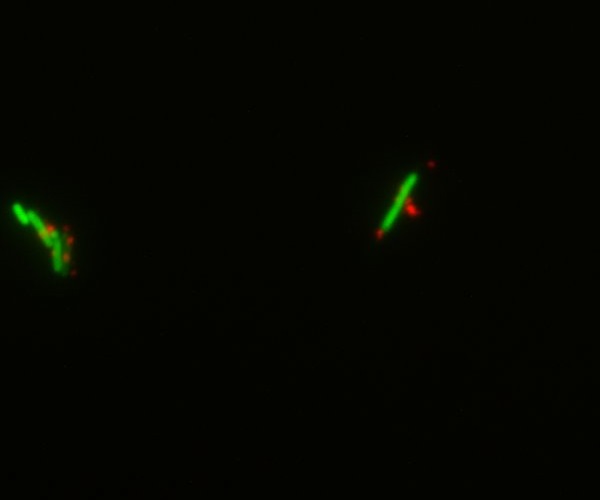Header
This iGEM project reaches now an end, but the seed of its idea is still growing in our minds and hopefully in yours! We dream of further and similar projects led whenever we'll have the opportunity.
We found recent articles written about researches that share one or more characteristics with what we had foreseen and we have our own ideas about what could be further investigated. Let's share those plans!
The device we designed was thought as a proof of principle. It is highly modular and can hence be adapted in several ways for various applications.
Some may think that our device is too unstable and could never cross the stomach. However, we thought about the possibility, often used in pharmacology, to use pH sensitive capsules that open at the end of the stomach. It would be possible to encapsulate an entire batch of Taxi.Coli bacteria inside such capsule, releasing the Taxi.Colis upon arrival in the intestine only.
We chose to use E.coli as chassis organism for practical reasons, but for a medical or industrial implementation, others may be preferred.
We had thought about two dream-carriers our device could be adapted for. The first would be a bacterium able to use chemotaxis to localize a given target (e.g. tumors or pathogenic microorganisms) with a safety mechanism implemented (inducible switch for apoptosis, limited number of division possible, dependence on an artificial amino acid...), preventing from any harm to the human body. This would allow targeted drug delivery at least in external body parts such as the digestive track and the lungs. We are now certain that this vision of the project is realistic, since [http://www.nature.com/news/engineered-bacterium-hunts-down-pathogens-1.13727 such bacteria have been recently used to hunt pathogens], only without nanoparticles, but through direct attack. Being able to conjugate our highly adaptable device with bacteria that show such a performance would be optimal for efficient targeted drug delivery and the opportunity to modify the sensed environment and change the delivered drug easily is a great way to reduce costs and allow wider distribution of such a device. The second carriers we thought about for the future of our device are immune cells. Indeed, conjugating the nanoparticles to our own sentinels would allow to release drug almost anywhere in the body! They would hunt pathogens as usual, but have more weapons to fight them once localized. However, this solution is more complicated to implement, since working with human cells is much trickier than engineering bacteria and immune compatibility must be taken into account.
An application of our project for the future would be treating the colon cancer by applying our taxi-coli device in a suppository form.
Our project at the moment doesn’t contain any feature to address safety risks as we are working on a proof of principle project. However we suggest a manner to address safety risks assuming our project could become widely used as a commercial medical application in the future.
As a design feature to prevent any arm our project could cause in dissemination, we imagined engineering our chassis with safety mechanisms. In case our project becomes a medical application, many options can be considered: kill switches, apoptosis triggered after the expression of the gelatinase or dependency on an artificial amino acid that would be ingested by the patient during the treatment. We can also think of a way of treating, inactivating or burning the biological waste. The better way would still be to confine the patient during the whole treatment in the hospital so the waste could be directly treated by the hospital itself. All those techniques would allow the Taxi.Colis to fight against tumors or pathogens and die afterwards. They would survive until their work is done, but no longer.
Considering all those possible openings, we think that our dream could become true! The Taxi.Coli device, after optimization, could be reasonably adapted for large scale production, becoming a cheaper but nonetheless very efficient and modular device. Should it be for personalized medicine, preventive device (bacteria as sentinels in our intestinal tract) or massive cancer therapy, a wide horizon is open in front of our taxi's army...
 "
"


